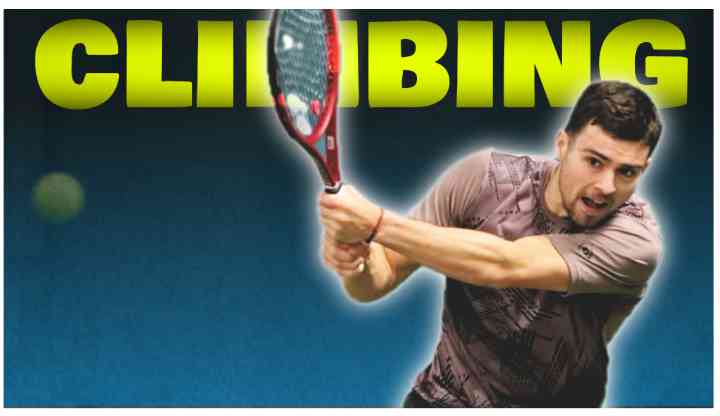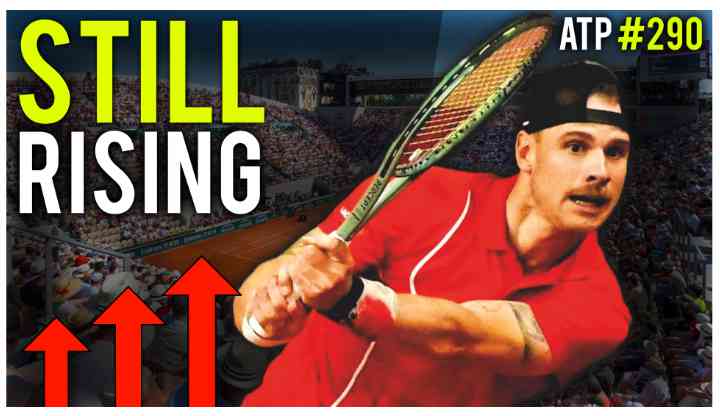Before posting my tactical analysis of the 2014 Wimbledon final I wanted to thoroughly investigate the tactics of both Roger Federer and Novak Djokovic. The goal was to tactically evaluate each point played and then focus on specific areas of success and failure. There was one tactic in particular that was extremely successful for Novak Djokovic; his ability to expose Roger Federer’s running forehand and to use it his advantage.
Djokovic ran Federer
One area Federer has struggled with in his game is the effectiveness of his running forehand. Some players such as Pete Sampras had the ability to turn defense into offense with a lethal running forehand, but for Roger, it’s been an achilles heel against the top players. The statistical analysis I did on this match will show quite an interesting statistic when it comes to putting Roger on the run.
During the match Federer made a total of 25 forehand errors on the run. That can mean different things to different people, but for the purpose of this study we classified on the run to be forehands where Roger had to move from the middle of the court after his split step to the far side of the deuce court, or from the ad side of the court to the deuce side.
As we see in the image above, this is one of the 25 running forehands Federer missed where he had to move from the ad side of the court to the deuce side to execute the shot. 25 missed running forehands sounds like a low number over the course of a five set match, but the data says otherwise. Roger only committed 13 forehand errors when he hit “same side forehands”. Same side forehands are forehands where he started on the deuce side and remained on the deuce side to hit the shot. So roughly 66% of the forehand errors he made were when he had to move a significant distance to the ball. Sounds normal right?
Djokovic isolated Roger’s backhand
Roger made a total of 31 errors on his backhand side, only 12 of those were running backhands and 19 of them were same side errors where little movement was involved. On the backhand side roughly 39% of his errors were running backhand errors and 61% were same side errors. Federer made more than double the amount of running forehand errors compared to running backhand errors in the match.
In the case of Djokovic, if he wants to sit backhand to backhand with Federer there is actually a higher probability of drawing an error when Roger has to move a short distance to his backhand side. On the flip side of the coin, if Djokovic pulls his backhand down the line to change direction Roger is likely to make an error on his running forehand. In this match Djokovic owned the Ad side of the court, and a similar recipe has rewarded Rafael Nadal in his head to head battle with Federer. In my next article I’m going to get into the technical flaw that hinders Roger’s running forehand and how it can be fixed….stay tuned.
Roger’s key stats
• 66% of Federer’s forehand errors were running forehands
• 34% of his forehand errors were “same side forehands”
• 39% of his backhand errors were running backhands
• 61% of his backhand errors were “same side backhands”
Djokovic Vs Federer other stats
•20 points were played that lasted 13 shots or more, Djokovic won 13 and Federer 7.
• Federer was 14/21 when he served and volleyed, winning 67% of the points.
• Federer was 1/7 when he chipped and charged off the Djokovic 2nd serve.
• Between 1st and 2nd serves Djokovic served at the body of Federer 35 times, winning 24 (69%).
Agree? Disagree? Leave your feedback below.









